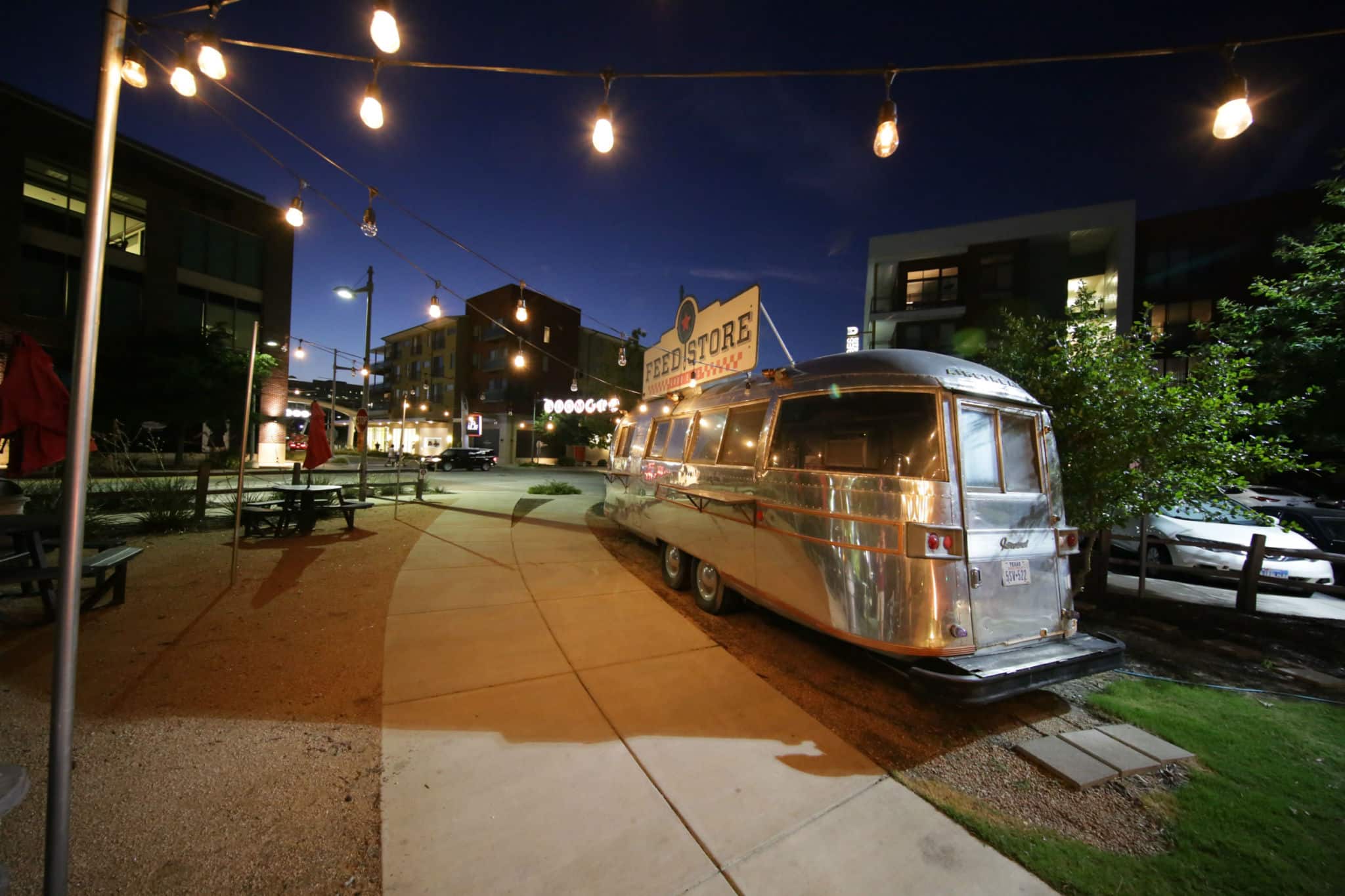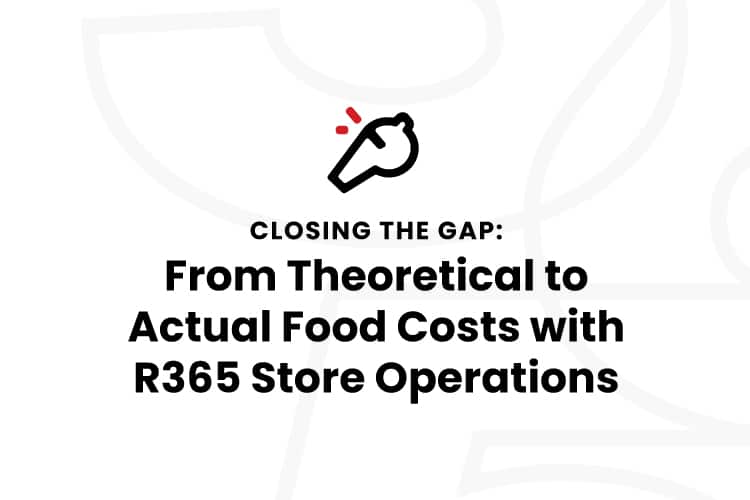The Complete Guide to Starting a Restaurant reviews some critical considerations for opening a new restaurant. Learn some tips for creating your perfect restaurant design.
To learn more about what you need to complete prior to starting a restaurant, check out the other great posts in our series.
- Opening timeline and checklist
- How to create your restaurant’s business plan
- Restaurant accounting 101
- Restaurant concept and design
- Naming your restaurant
- Choosing the right layout and suppliers
- Pricing out your menu
- How to select the right POS for your restaurant
- How to create the perfect schedule
- Restaurant opening day checklist
It is important that your design and ambiance matches your concept and of your customers’ expectations. Customers may be put off if they are caught off guard by price, attire expectations, menu choices, etc. that don’t appear to meld together; as you would not expect country décor with a Mediterranean menu.
Here are a few suggestions to get you started on the process of creating a winning design and ambiance for your concept:
Brainstorm Ideas
Start by brainstorming ideas that come to mind when you envision your restaurant. What kind of food should I serve? What kind of demographic do I want? What kind of service style will I use? What is the overall look and feel I am going for? What works best with my location?
There are many ways to brainstorm, so choose one that you are comfortable with. It can be on your tablet or the back of a napkin. If the mind mapping example below is too messy for you, make lists or charts – the important thing here is to get out your ideas in some form or fashion.
Narrow Down Your Choices
Now you can start to narrow down items by deciding which things do not fit into your chosen concept. Look for things that might not be expected together, or things that may be a surprise to a new customer, and make sure that they really make sense.
Does your fine dining concept give the expectation of a full bar, yet you only plan to serve beer and wine? That may be a disappointment to those who want a pre-dinner cocktail. If you have a lower rent building, is the surrounding neighborhood going to fit your higher-end steak house for the dinner crowd? Sure, lunch sales may be high due to the executive park across the street, but will that be enough sales to sustain your business?
Try to get into the mind of your customers and look for combinations that work and don’t work. Know what you are willing to bend on and where you want to stand firm. As you make your decisions, the concept will start to come together more clearly now that it is in writing.
Test it
Now that you have your plan together, run it by as many people as you possibly can. Is your concept something that they would try? Note anytime that anyone makes comments along the lines of “Oh, I wouldn’t expect such a fancy venue in an in-line shopping center,” or “I have never seen such bright colors in a steak house,” and ask questions. The more you ask, the better you will understand what the general consumer will think of your concept’s design and ambiance.
In the end, it is your restaurant and you get to make it what you want. Many, many restaurants have made themselves famous for stepping outside of the box and shaking things up a bit. So, do your homework but also be true to your gut instincts (within reason).



